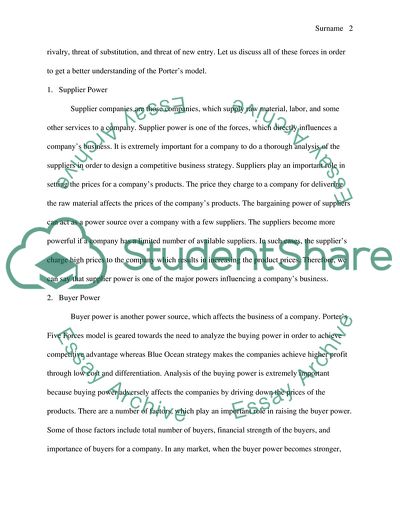Cite this document
(Porters Five Forces Model of Strategy Case Study, n.d.)
Porters Five Forces Model of Strategy Case Study. https://studentshare.org/marketing/1747591-business-behavior-in-a-changing-world
Porters Five Forces Model of Strategy Case Study. https://studentshare.org/marketing/1747591-business-behavior-in-a-changing-world
(Porters Five Forces Model of Strategy Case Study)
Porters Five Forces Model of Strategy Case Study. https://studentshare.org/marketing/1747591-business-behavior-in-a-changing-world.
Porters Five Forces Model of Strategy Case Study. https://studentshare.org/marketing/1747591-business-behavior-in-a-changing-world.
“Porters Five Forces Model of Strategy Case Study”. https://studentshare.org/marketing/1747591-business-behavior-in-a-changing-world.


